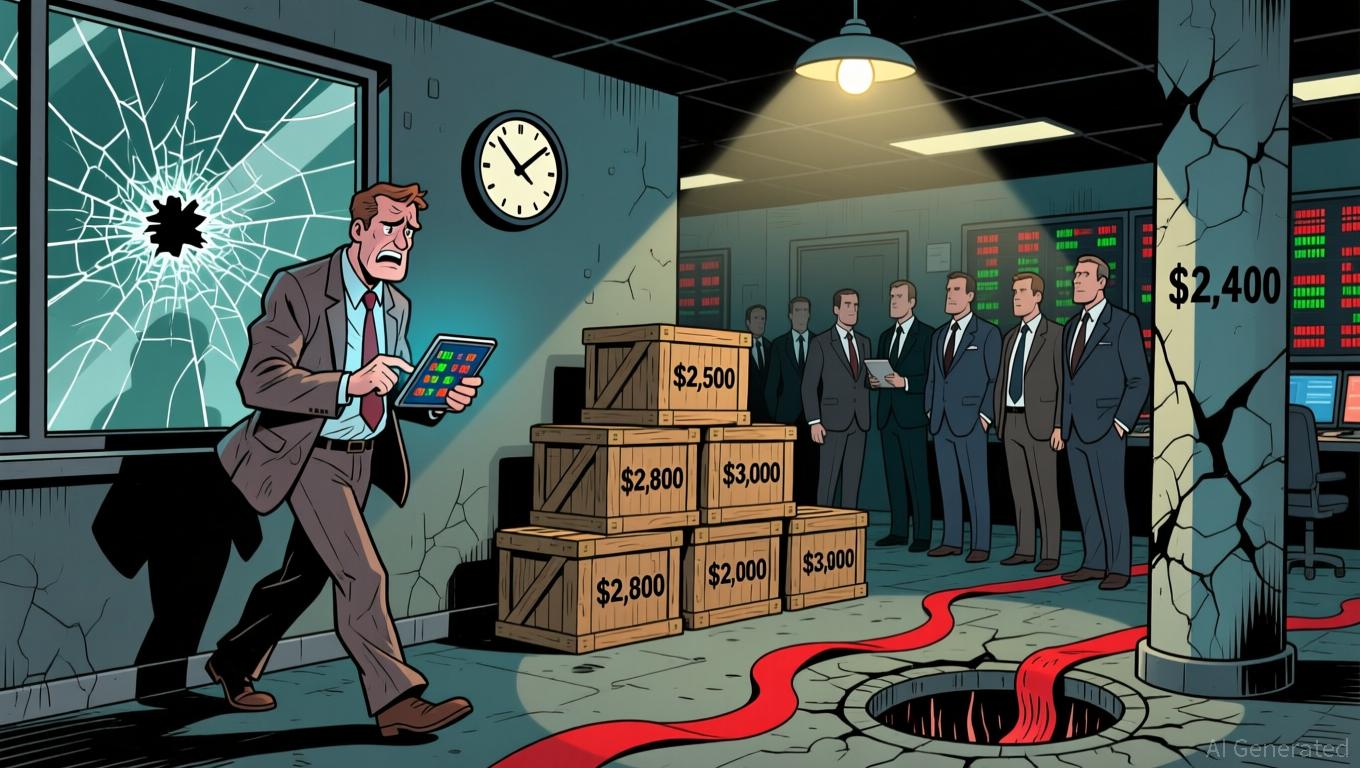Pi Network Token Price Declines After Upgrade
- Pi Network price fell 90% post-upgrade, centralization cited.
- Expert opinions highlight inflationary supply, liquidity issues.
- No major exchange listings hinder market liquidity.
The Pi Network price crash, over 90% down from its peak, is fueled by rapid token unlocks, centralization, and a lack of significant exchange listings. Learn from similar events with Filecoin and EOS facing intense volatility.
The event is significant due to the massive price drop despite the upgrade, indicating major underlying market and investor concerns.
The Pi Network’s price crash comes amidst rapid token unlocks and a centralized token supply, raising doubts among investors. Founder Dr. Nicolas Kokkalis emphasized real-world crypto utility but has not addressed the crisis officially.
Dr. Nicolas Kokkalis, Founder, Pi Network, “The recent App Studio upgrade aims at enhancing developer tools and ensuring better ecosystem integration.”
The lack of exchange listings on platforms like Binance and Coinbase, along with low trading volumes , contribute to the token’s decline. Dr. Chengdiao Fan, who co-founded Pi Network, will speak at TOKEN2049, potentially swaying investor views.
Market reactions show a trend of extreme fear among investors. Other cryptocurrencies remain unaffected. Experts suggest token burns and leading exchange listings could be solutions, although no formal plans are reported by Pi’s leadership.
The crypto community remains unsettled, with discussions focusing on Pi’s centralization and lack of liquidity. Historical trends show similar issues have led to significant downturns in other crypto projects. The absence of regulatory actions or broader L1/L2 impacts limits contagion risk.
As the aftermath unfolds, potential outcomes could include higher market volatility, regulatory scrutiny, or shifts in investor trust. Long-term recovery would need strategic moves such as decentralization and improving liquidity .
Disclaimer: The content of this article solely reflects the author's opinion and does not represent the platform in any capacity. This article is not intended to serve as a reference for making investment decisions.
You may also like
XRP News Today: Abu Dhabi’s Green Light Establishes UAE as a Pioneer in Stablecoin Development
- Ripple's RLUSD stablecoin gains Abu Dhabi regulatory approval as UAE advances digital finance leadership. - ADGM's "Accepted Fiat-Referenced Token" designation enables institutional use for lending and cross-border payments. - RLUSD's $1.2B market cap growth reflects institutional demand, backed by USD reserves and dual blockchain operations. - UAE's ADGM-DIFC regulatory synergy attracts global fintechs , with Ripple expanding partnerships across Africa and Asia. - Regulatory milestones position RLUSD to
Ethereum Updates: Ethereum Drops to $2,800, Prompting Surge in Demand for ZKP's Hardware-Based Presale
- Ethereum's price fell below $2,800, triggering $6.5M liquidations and testing critical support levels amid declining on-chain demand metrics. - Institutional players like BitMine accumulated 3.62M ETH (~$10.4B) despite the selloff, signaling long-term bullish conviction. - ZKP's hardware-driven presale gained traction with $17M in ready-to-ship Proof Pods and Miami Dolphins partnership for privacy-focused sports analytics. - Mutuum Finance's $19M DeFi presale and ZKP's auction model with $50K wallet caps

Vitalik Buterin Supports ZKsync: What This Means for Layer 2 Scaling
- Vitalik Buterin endorsed ZKsync in late 2025, highlighting its "underrated and valuable" work alongside the Atlas upgrade achieving 15,000 TPS and $0.0001 fees. - ZKsync's zero-knowledge rollups and EVM compatibility enabled institutional adoption by Deutsche Bank , Sony , and Goldman Sachs for cross-chain and enterprise use cases. - The Fusaka upgrade aims to double throughput to 30,000 TPS by December 2025, positioning ZKsync to compete with Polygon zkEVM and StarkNet in Ethereum's Layer 2 landscape. -

The ZK Atlas Enhancement: Revolutionizing Blockchain Scalability?
- ZKsync's 2025 Atlas Upgrade achieves 15,000–43,000 TPS with sub-1-second finality, addressing Ethereum L2 scalability bottlenecks via Airbender proofs and modular OS. - DeFi protocols like Aave and Lido leverage ZKsync's $0.0001/tx costs to unify liquidity, while Deutsche Bank and Sony adopt its trustless cross-chain infrastructure for compliance and transparency. - ZK token surged 150% post-upgrade, with TVL hitting $3.3B and analysts projecting 60.7% CAGR for ZK Layer-2 solutions by 2031 amid instituti
